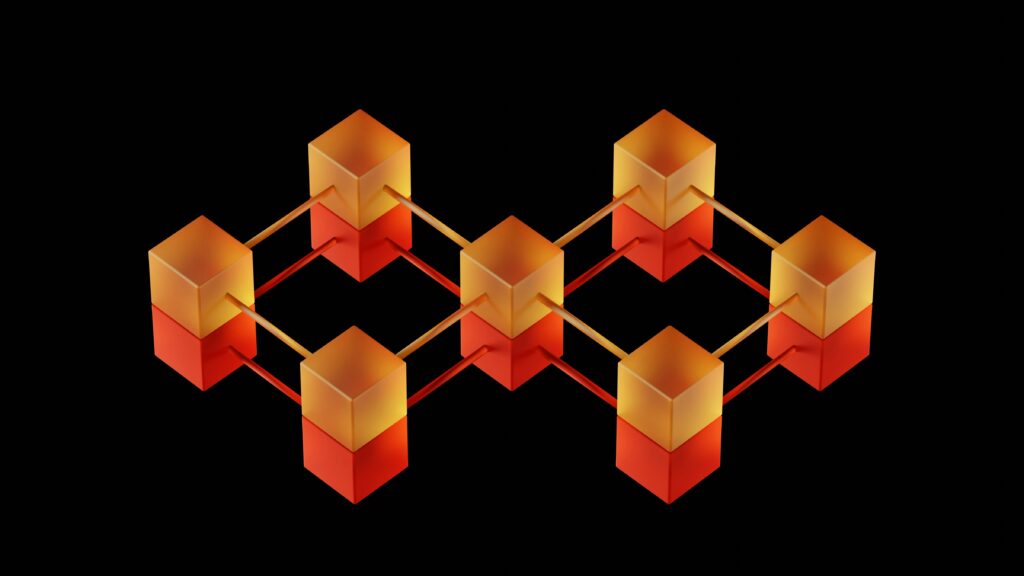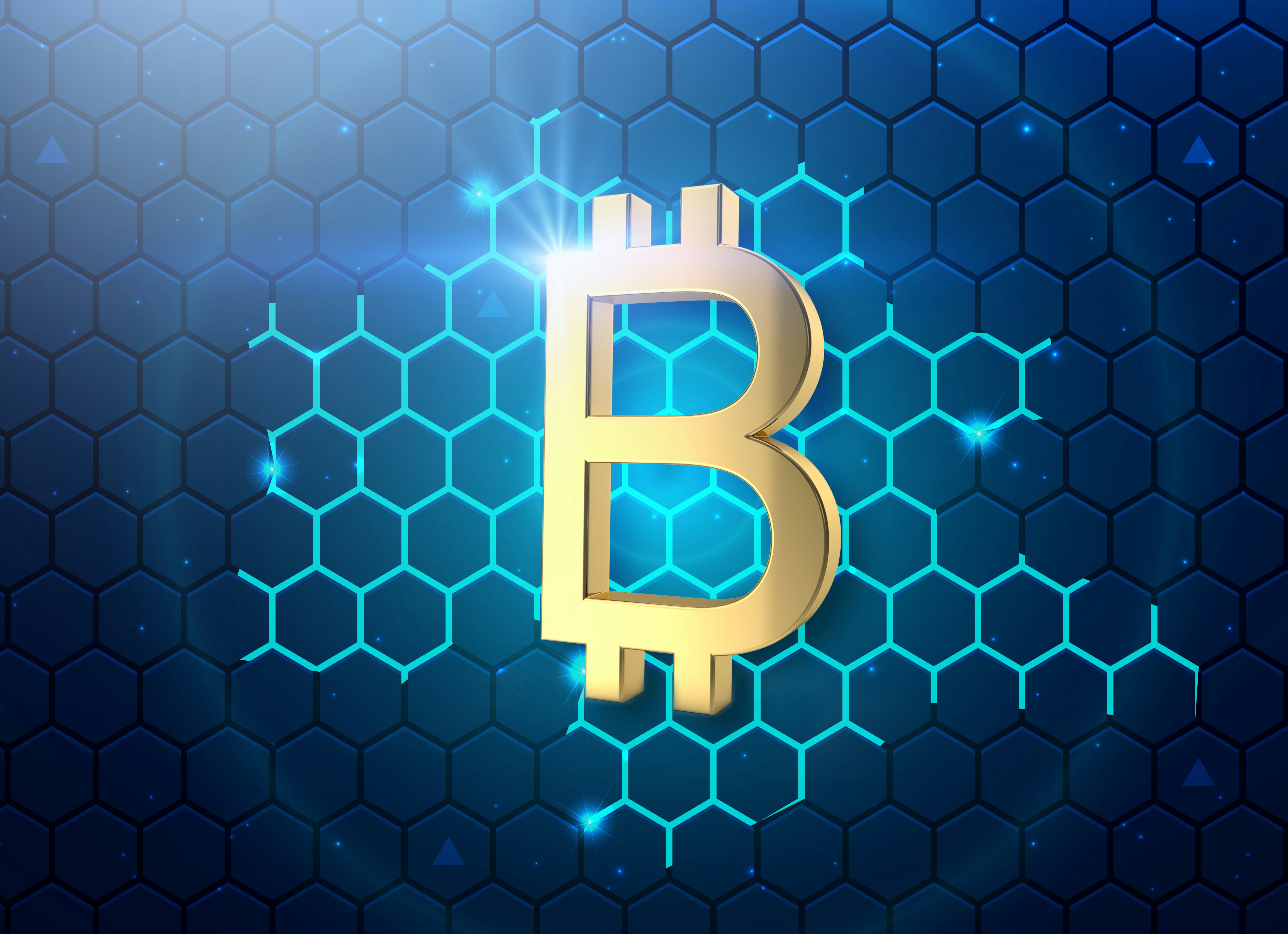The advent of Web 3.0 marks a pivotal transformation in the digital world, fundamentally redefining what is possible online. Web 3.0, using blockchain and crypto, is evolving the internet, creating a more secure, decentralized, and personalized web experience.
This guide explores Web 3.0, from blockchain and crypto technologies to benefits, challenges, tutorials, and practical examples for users.

Understanding Web 3.0
Evolution from Web 1.0 to Web 3.0
Web 1.0 and 2.0 laid the foundation for Web 3.0. While Web 1.0 offered static content and Web 2.0 enabled social interaction, Web 3.0 shifts towards a decentralized, user-empowered internet, integrating blockchain, AI, and IoT for enhanced connectivity and personalized experiences.
Key Characteristics of Web 3.0
Web 3.0 stands out through key features like decentralization, distributing data across multiple locations to enhance privacy. It also leverages AI and machine learning to deliver more personalized and context-aware user experiences.
Furthermore, semantic web technologies are integrated to enable intuitive data consumption, while ubiquitous connectivity is provided through IoT, enhancing daily information access.
These Web 3.0 advancements are designed to enhance web functionality and efficiency, while greater user control over data and content monetization is provided.
“Web3 is a beautiful thing. Instead of designing & engineering a product, you just make a landing page that takes people’s money and tweet about it. Literally eliminates 99% of the risk of starting up. You’re an idiot if you try to make money on the internet in any other way.”
Nikita Bier
Core Technologies
Blockchain Technology
Blockchain is the backbone of Web 3.0, providing a decentralized ledger that enhances security and allows for transparency across various applications. It’s a revolutionary technology that records data across multiple servers worldwide, ensuring that no single entity can alter information without consensus 67. This technology is crucial for the functionality of decentralized applications (dApps) and is integral in areas such as decentralized finance (DeFi) and non-fungible tokens (NFTs) 8.
Decentralized Applications (dApps)
In Web 3.0, decentralized applications are introduced, operating on blockchain to enhance privacy and security, while ownership and control of digital content are ensured.
Artificial Intelligence and Machine Learning
AI and machine learning play significant roles in Web 3.0 by enhancing personalized user experiences and improving security. These technologies enable machines to analyze vast amounts of data, learning and adapting to provide better services and more relevant content to users 1011. Furthermore, AI is utilized in smart contracts on blockchain platforms to automate processes and transactions efficiently and securely 10.
Semantic Web
The Semantic Web enhances Web 3.0 by enabling machines to understand the data on the web as humans do. This technology uses languages like RDF, OWL, and XML to describe web data in a way that is readable by machines, which helps in automating the data integration and reuse across various applications [13]. Semantic Web technologies are crucial for creating a more connected and intelligent web where information is more accessible and useful 13.

Benefits and Challenges
Advantages Over Web 2.0
Web 3.0 introduces a transformative shift from its predecessor, offering numerous benefits that enhance user experience and data management. Key advantages include:
- Decentralization: Unlike Web 2.0, where data is controlled by central entities, Web 3.0 ensures that data is distributed across a decentralized network, enhancing user privacy and control over personal information 14.
- Enhanced Security: The blockchain foundation of Web 3.0 provides a more secure environment through its immutable and cryptographically secured ledger 14.
- Smart Contracts: These allow for automated, policy-driven agreements that increase the efficiency of transactions and services without intermediaries 14.
- Personalization and Predictive Intelligence: Leveraging AI and machine learning, Web 3.0 offers a more customized web experience by anticipating user needs 14.
- Economic Opportunities: Decentralized finance (DeFi) and the use of cryptocurrencies enable transactions without central authority oversight, potentially reducing fees and increasing transaction speed 14.
- Operational Transparency: Users gain more insight into the mechanics of transactions, which are governed by smart contracts 14.
Potential Risks and Challenges
Despite its significant advantages, Web 3.0 also comes with its set of challenges and risks:
- Complexity: The technologies underpinning Web 3.0, such as blockchain and smart contracts, introduce a steep learning curve that might deter the average user 14.
- Security Concerns: While blockchain enhances security, the technology itself and its applications, like crypto exchanges, are not immune to cyber threats 14.
- Regulatory Uncertainty: The decentralized nature of Web 3.0 complicates regulatory and compliance efforts, potentially leading to unsafe practices and less protection for users 14.
- Technology Requirements: Web 3.0’s reliance on newer technologies means that older systems may not support its applications effectively, potentially alienating a segment of users 14.
- Interoperability Issues: The coexistence of Web 2.0 and Web 3.0 platforms can lead to compatibility issues, affecting user experience 14.
How to Get Started with Web 3.0
Setting Up a Digital Wallet
To engage with Web 3.0, one must first establish a digital wallet. Web3 wallets are crucial for managing cryptocurrencies and interacting with decentralized applications. They range from non-custodial wallets, giving users full control over their assets, to custodial wallets managed by third parties like exchanges. For those seeking complete control, non-custodial wallets are recommended, whereas custodial wallets may be better for beginners needing simplicity in asset management 1516. Additionally, integrating smart contract wallets can enhance security, as these rely on blockchain technology to manage transactions and can require multiple approvals for enhanced safety 15.
Exploring dApps
Decentralized applications (dApps) are at the heart of Web 3.0, operating on blockchain or peer-to-peer networks, thus removing the need for central authorities. Users can engage directly with various services such as financial transactions, gaming, and social media platforms through dApps. These applications not only offer enhanced security and transparency but also allow users to maintain control over their data and digital identities. For those new to Web 3.0, exploring dApps like financial services, supply chain management, and healthcare platforms can provide practical exposure to decentralized technology 171819.
Investing in Cryptocurrencies
Investing in cryptocurrencies is a fundamental aspect of participating in Web 3.0. Options for investment vary from direct purchases of cryptocurrencies like Bitcoin and Ethereum to exploring Web3 stocks and crypto ETFs for those with different risk appetites. For a more direct involvement, one might consider decentralized finance (DeFi) opportunities such as staking cryptocurrencies or engaging in lending protocols. These activities not only offer potential financial returns but also allow individuals to contribute to the validation and operation of blockchain networks 2021.

Conclusion
As we navigate the complexities and the transformative potential of Web 3.0, it becomes apparent that this new era of the internet is set to revolutionize the digital landscape significantly. Through the decentralized foundation of blockchain technology, the intelligence of AI and machine learning, and the interconnectedness of the Internet of Things, Web3 promises a more secure, autonomous, and personalized online experience. These features not only address many of the limitations and concerns associated with Web 2.0 but also open new avenues for user empowerment, innovation, and privacy in the digital domain.
The implications of Web3 extend across multiple domains, offering numerous opportunities for individuals to interact with the internet in ways previously unimagined. For instance, users can adopt decentralized applications, explore Web3 crypto, and engage with blockchain technologies, placing them at the forefront of a new digital era. At the same time, this technological shift introduces challenges that require careful consideration, further exploration, and continuous innovation. By actively embracing these opportunities and proactively addressing potential pitfalls, society can create a future that maximizes Web3’s benefits, while also ensuring equitable access, security, and sustainability for all users. Ultimately, informed engagement and collaboration will drive the full potential of this transformative era.
FAQs
1. What exactly is Web 3.0, and how does it shape the future of the internet? Web 3.0 represents a transformative vision, emphasizing decentralization and democratization. Unlike the current centralized model, where specific service providers dominate, Web 3.0 places services on distributed networks, using algorithms similar to blockchain technology but applied across the broader internet. In this way, it empowers users, increases transparency, and opens new possibilities for online interaction and innovation.
2. Is Web3 already operational? Web 3.0 exists partially today, mainly through the development and integration of blockchain technologies. Just as the evolution from Web 1.0 to Web 2.0 took over a decade, the transition to Web 3.0 will likely require a similar or longer timeframe to fully materialize and reshape the internet. Meanwhile, ongoing innovation and adoption continue to expand its presence and potential.
3. Can you explain Web3 in simple terms? Web3 marks the next stage of the internet’s evolution, built on blockchain technology. In this phase, users collectively manage and regulate platforms, creating a communal control structure. As a result, Web3 shifts the internet toward a more interactive, user-empowered environment, giving individuals greater influence over how online services operate and evolve.
4. How will Web3 impact our daily lives? Web 3.0 is set to revolutionize user interaction with digital content and applications by enabling more efficient communication across various platforms and devices. It will allow for seamless sharing of media like photos and videos and offer personalized automated recommendations based on individual user preferences and online activities.
Show Some Love!
Exploring the Synergy Between Web 3.0 and AI: Revolutionizing the Digital Landscape
The Next Frontier: How Web 3.0 is Shaping the Future of the Internet
From Traditional to Modern: The Unavoidable Shift to Digital Business Transformation
Unlocking the Power of Blockchain Technology: How This Revolutionary Technology is Transforming Industries
References
[1] – https://abamobile.com/web/what-is-web-3-0-and-characteristics/
[2] – https://www.spiceworks.com/tech/tech-general/articles/what-is-web-three/
[3] – https://www.investopedia.com/web-20-web-30-5208698
[4] – https://www.simplilearn.com/what-is-web-1-0-web-2-0-and-web-3-0-with-their-difference-article
[5] – https://www.techtarget.com/searchcio/tip/10-core-features-of-Web-30-technology
[6] – https://dreamfarmagency.com/blog/examples-of-web-3/
[7] – https://www.solulab.com/role-of-blockchain-in-web-3-development/
[8] – https://www.techtarget.com/whatis/definition/Web-30
[9] – https://www.tastycrypto.com/blog/web3-apps/
[10] – https://www.allerin.com/blog/the-impact-of-ai-on-web-3-0
[11] – https://www.leewayhertz.com/ai-in-web3/
[12] – https://en.wikipedia.org/wiki/Semantic_Web
[13] – https://cointelegraph.com/learn/what-is-web-3-0-a-beginners-guide-to-the-decentralized-internet-of-the-future
[14] – https://www.techtarget.com/searchcio/tip/The-biggest-advantages-and-disadvantages-of-Web-30
[15] – https://www.quicknode.com/guides/web3-fundamentals-security/basics-to-web3-wallets
[16] – https://www.bitbond.com/resources/web3-wallets-your-go-to-guide/
[17] – https://www.investopedia.com/terms/d/decentralized-applications-dapps.asp
[18] – https://www.coinbase.com/learn/crypto-basics/what-are-decentralized-applications-dapps
[19] – https://www.investopedia.com/how-to-invest-in-web-3-0-7480982
[20] – https://www.tastycrypto.com/blog/invest-in-web3/


